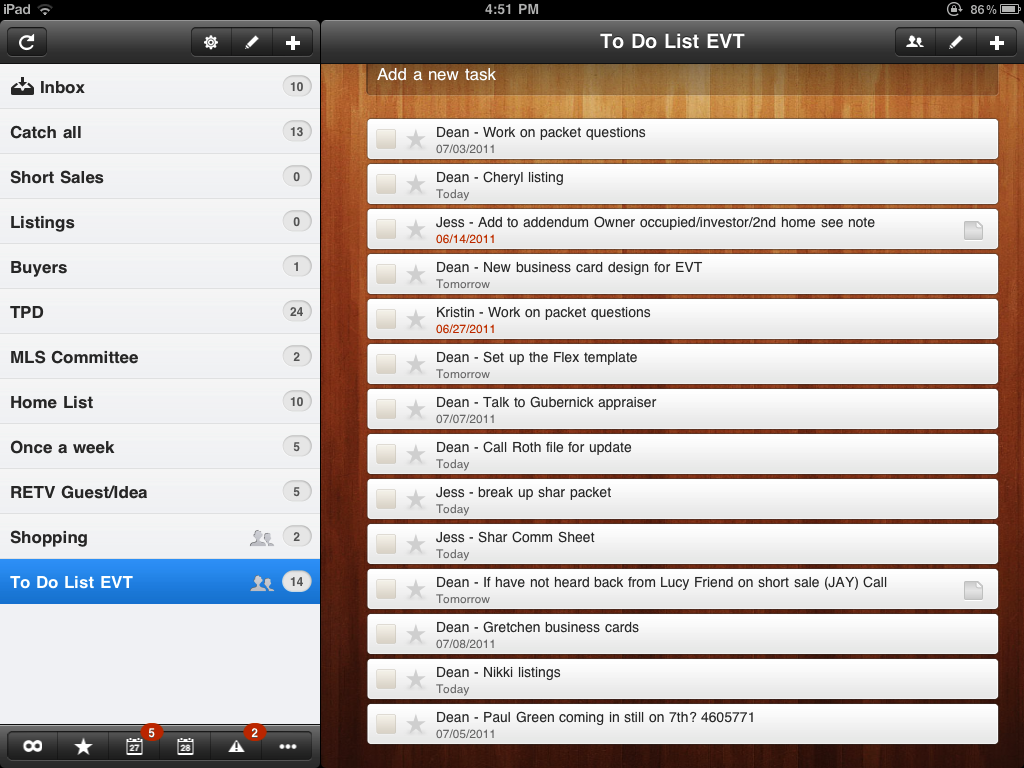Today, many people dream that their application will be noticed. But this is not enough for success. The user can download the program, but immediately delete it after the first launch. How to avoid this, says the founder of SessionM.
SessionM company is engaged in the monetization of mobile applications using a reward system. Users who constantly use their mobile devices, she calls power users. It means that they are most active in applications, more often manifest themselves in social terms.

SessionM co-founder Scott Weller in his article on Inside Mobile Apps talked about how you can turn an average user into a power user. We, in turn, translated and supplemented the material with examples from real practice.
1. Be a guide
Do not expect a casual user to find out the features of the application. Show the user the main features of the program on his first visit and explain why he needs it. In this case, he may not be confused and will understand the management.
Example:When SketchBook is first launched, it shows slides telling about the program’s interface.
The problem is that there are too many of them. It is difficult to remember all the information from the first time.

The way out of the situation has long been found by game developers. Force the user to perform certain actions in the application, as, for example, they do in the Airport City builder. We include, conditionally, a “cloud” with the text in which the task is set. Then we ask the user to do this and that, indicating with an arrow what exactly he needs to click on.
2. Personalize
The functions of the application should be clear and important to the user, otherwise why would he download it, right? One of the best ways to make an application useful is to add personalization functionality to it.
Make sure that you have provided the program with settings with which the user can customize the applications for himself. This will not only make the application more user-friendly, but also help you learn more about them, collect information about what exactly is convenient for them to take into account in future developments.
Example:The Wunderlist task scheduler allows you not only to create your task sheets, but also, for example, to choose the background you like, the type of reminders (and where they are sent).

3. Add reminders
Often the user does not return to the application due to the fact that we simply forget about it. Notifications are a great way to remind you of the existence of an application. According to a study by Urban Airship, the retention rate of users who receive “push” is 26% higher at the end of one month than those who did not receive them.
It is not very difficult to increase the number of returns to the application using reminders. The main thing here is that the text in them is important, carries a certain meaning. Plus, ideally, so that the user can customize the messages for himself.
But be careful. Repeated and frequent reminders usually lead to the removal of the application.
Example:The Appy Gamer news app alerts you with reminders about the “hottest” materials, but this feature can be disabled.
Its settings also allow you to track updates on topics via push, enable or disable their sound and not even send notifications at night.

4. Praise for good behavior
People like to be praised, to be given gifts. So why not use it? Stimulate your users for their activity in the app. And this applies not only to gaming programs, where it is already common. A medal or a list of achievements look great even in a reader. They encourage users and, moreover, encourage them to turn to those functions of the application that they would never pay attention to.
Examples:In “Treasures of Montezuma 3” there are achievements that are given for the fact that the player does nothing in the game for a certain time.
5. In the crowd
Your users are social creatures. Many of them are always happy to share their experiences with friends.
When social functions are integrated into the application, the risk that users will leave to “socialize” elsewhere is reduced. In addition, it increases virality. Only in the text that is shared, we advise you to write not about how cool an application you have developed, but about one or another of its functions, about the user’s achievements.
Example:A request message is also a type of communication.
Diamond Dash is working aggressively on this field. If a user runs out of hearts in the game, he can ask a specific friend to send them. It is clear that for this a friend needs to launch the application again. And, thus, the level of user retention is growing.
